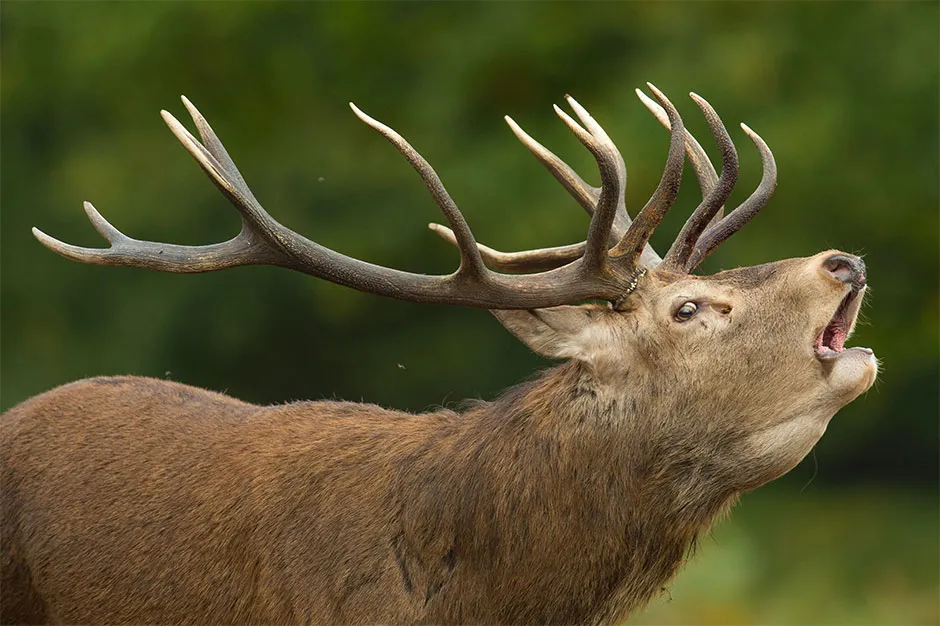Scientists are looking at the way animals communicate with each other to help unlock the secrets of human speech evolution.
Sounds made by creatures can often give away information about their size.However, some species have found ways to “fake” their body size, using a strategy which biologists call dishonest signalling, where the sender creates an exaggerated impression of body size as a way to attract mates.
Male red deer, for example, produce low-frequency calls that make them appear bigger than they actually are to potential sexual partners, while male koalas’ mating songs include very low bellows usually associated with larger-sized mammals.
Read more about animal communication:
The researchers say their preliminary findings, published in the journal Biology Letters, may help shed light on how humans learnt to speak.
Maxime Garcia, of the University of Zurich’s Department of Evolutionary Biology and Environmental Studies, said: “We believe that a ‘dishonest signalling’ strategy may be a first evolutionary step towards learning how to make new sounds of any sort.
“Speculatively, it brings us closer to understanding human speech evolution: our ancestors may have learnt how to speak after learning how to sound bigger or how to hit high notes.”

The scientists analysed the sounds and body size of 164 different mammals, ranging from mice and monkeys, to aquatic mammals such as the subantarctic fur seal and the Amazonian manatee.They found that animals which fake their body size are often skilled sound learners, with flexible voice capacities.
The researchers wrote: “We hypothesise that, as a precursor to vocal learning, some species might have evolved the capacity for volitional vocal modulation via sexual selection for ‘dishonest’ signalling.”
The scientists say their work provides a new way of investigating the evolution of communication systems.
Read more about the origin of human speech:
- Human speech has 'ancient roots within primate communication'
- Origins of human language stretch back 25 million years
Andrea Ravignani, a researcher at the Max Planck Institute for Psycholinguistics and the Dutch Sealcentre Pieterburen in the Netherlands, said: “We want to expand our theory to take into account other evolutionary pressures, not just sexual selection.
“We also want to replicate our preliminary findings with more mammals and test whether our ideas also apply to birds or other taxonomic groups.”
He added: “If you saw a Chihuahua barking as deep as a Rottweiler, you would definitely be surprised. Nature is full of animals like squeaky-Rottweilers and tenor-Chihuahuas.”
I’d like to learn a language, which is the easiest one to pick up?
According to the US Foreign Service Institute, which trains US diplomats, there are 10 ‘category 1’ languages that share the most similarities with English, and are hence the easiest to learn. These include French, Spanish and Italian, and they all take about 600 hours of studyto become reasonably fluent.
If you want to really impress, though, why not try Afrikaans? This is also category 1 and is more unusual as a second language. Alternatively, you could impress your partner with your earning potential and learn a programming language. Ruby is one of the easiest languages for novice coders and one of the highest paid. Programmers fluent in Ruby typically earn £79,000.
Read more: